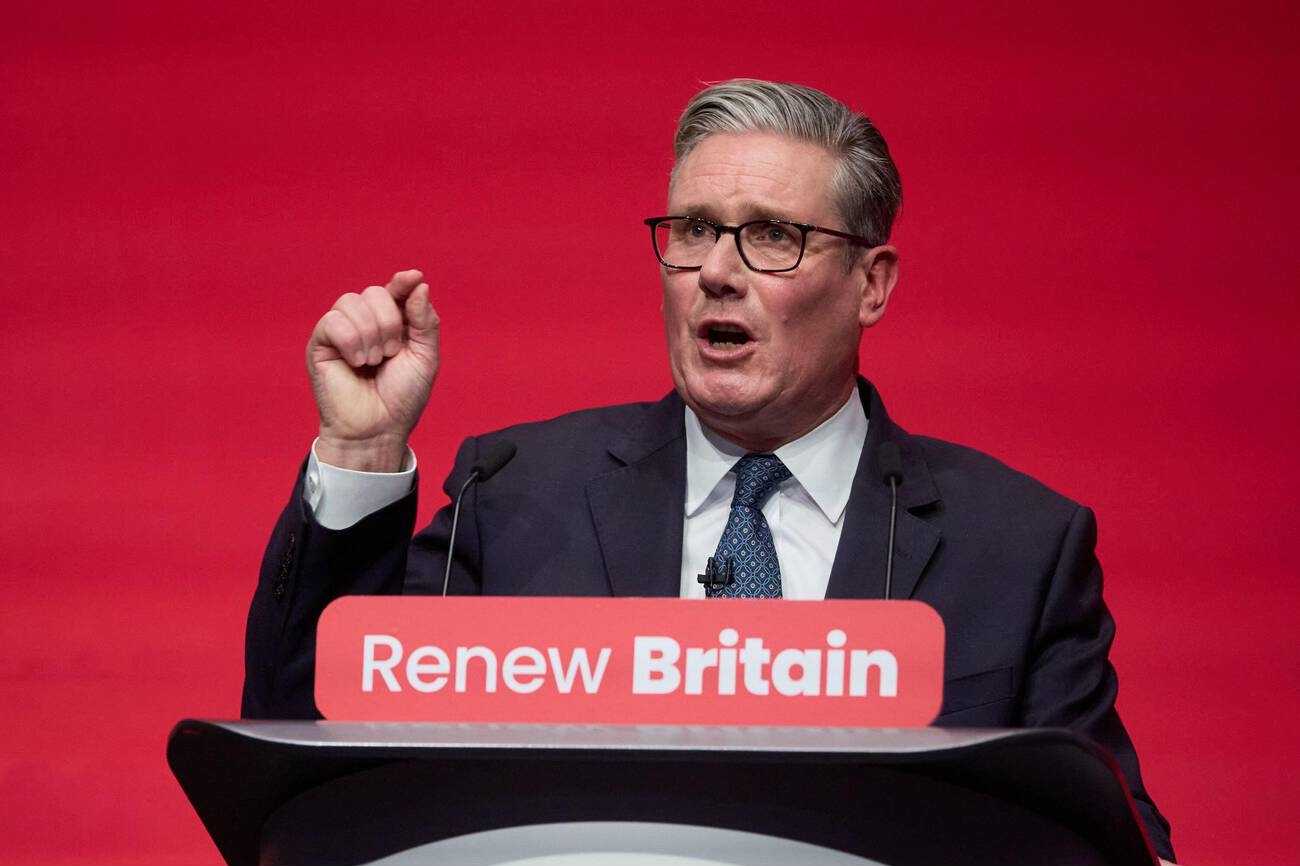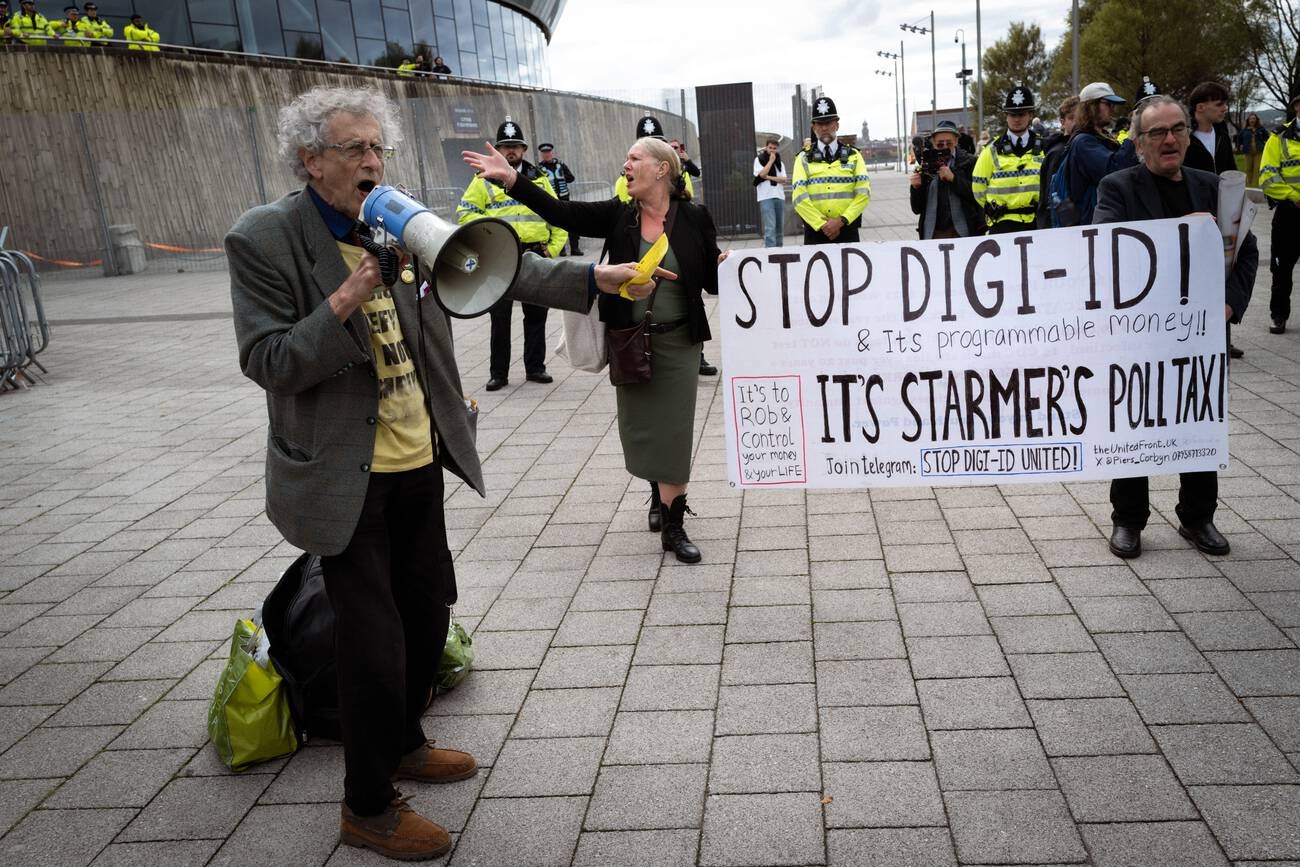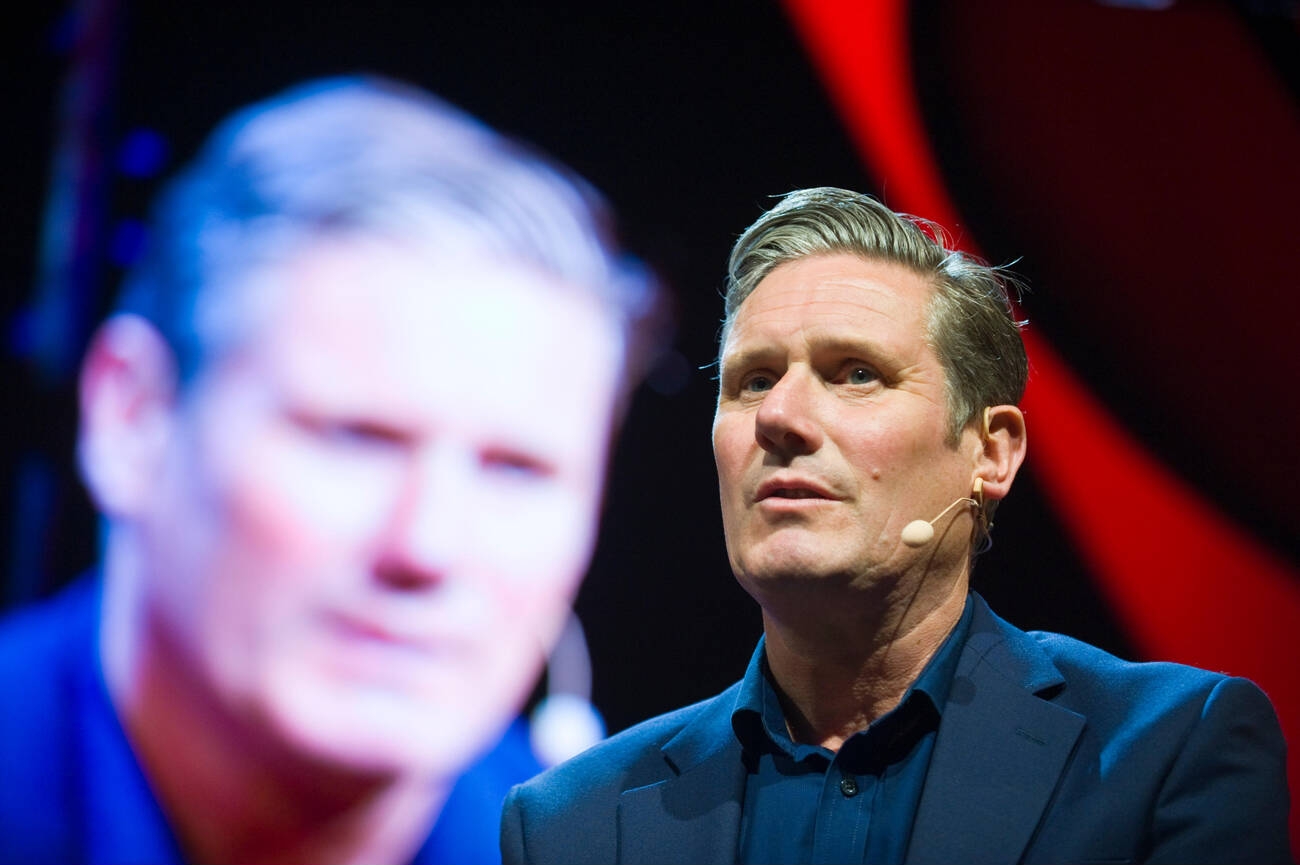Starmer’s Gambit to Regain Top Spot at Labour Annual Conference in 2025
Keir Starmer made a move of great bravery at the recent Labour annual conference in 2025 to regain his

Keir Starmer made a move of great bravery at the recent Labour annual conference in 2025 to regain his standing in the Labour Party. In the last few weeks, party insiders spread rumors of an upcoming leadership challenge that undermined his support group. During the conference, Starmer confronted outside and internal criticism with boldness. He bluntly accused Reform UK of supporting a racist cause and called on his party to end back-biting . This article will look at the ways in which Starmer attempted to rebuild his leadership, how he framed the battle against Reform UK, and what this might mean.
Rebuilding Authority at the Labour Annual Conference in 2025 in a Time of Crisis
Starmer arrived at the Labour annual conference in 2025 under increased tension. Polling had decreased in recent weeks, and party and media commentators speculated that they might replace him. Keir Starmer is the least popular prime minister on record, a poll has shown. With just 13 per cent of people satisfied with Sir Keir and 79 per cent dissatisfied, the Prime Minister has a net satisfaction rating of minus 66. He was questioned as a leader by critics who maintained that he lacked energy and assertiveness. At the Labour annual conference in 2025, Starmer delivered the opening speech in an aggressive manner. He insisted that today was not the moment to indulge in navel-gazing but to unite, calling on his party members to support the plan to defeat Reform UK.
Stage-Managing Reform UK as the Main Threat
Central to Starmer’s plan at the Labour Annual Conference in 2025 was to frame Reform UK not as a marginal opponent but as an existential threat. In his speech, he directly labeled Reform UK’s immigration policies “racist,” claiming their policies would tear the country apart. He framed the upcoming battle with Reform UK as unordinary politics rather than “the fight of our lives,” a fight for the country’s unity and identity. In this way, he was seeking to redefine: this is not merely about policy, it’s a national and moral conflict.
Dancing on the Tightrope between Outside Danger and Inside Repair
While Starmer directed much of his speech to the outside world, he also revealed his own passionate inner calculations. By inviting his party to stop navel-gazing, he actively dismissed demands for introspection, leadership rebellions, and internal struggle. He called upon Labour MPs to place their faith in him as their leader, not to rally behind dissenting voices. Starmer’s call for unity is due to recent resignations and disillusionment among Labour members. His deputy prime minister, for example, had resigned in scandal, and Labour voices outside the Parliament challenged the speed and direction of reform under his leadership. Calling for unity during a period of heightened danger, Starmer tried to bridge the divisions despite the increased risk.
Use of Statistics and Symbolic Stakes
Starmer’s demand was not merely rhetoric. He backed it up with hard statistics and symbolic interests in order to make urgency more persuasive. For example, he quoted public disillusionment to emphasize the seriousness of the issue. He also suggested that Reform UK had surged in recent opinion polls, even threatening to replace Labour. These reports supported his case: Labour cannot afford to split or focus on internal divisions when the electoral threat of a widely expanding opposition hangs over them.
Risks and Tensions of Starmer’s Approach
There are risks in Starmer’s approach, though. Firstly, by placing so much faith in an outside political rival, he may be creating the perception that Labour critics are disloyal. That would cost him party critics who feel argumentative debate is required. Second, labeling Reform UK’s policy as ‘racist’ might polarize and be counterproductive. It could also increase the credibility of the ‘political correctness narrative’ that Reform UK supporters often invoke. Third, if the Labour party members are silenced, the call for unity can create resentment; calls for freedom of debate already foreshadow this tension. Lastly, if Reform UK continues to progress in the polls despite his statements, Starmer’s strategy will be put to the test by the upcoming local and regional elections.
Mid-Conference Problems and Solutions
During the conference, tensions were in the air. Certain Labour heavyweights declined to make easy promises of loyalty, arguing that the party was ‘in danger.’ They warned that simple pledges of allegiance often conceal deeper problems. Some party members reported that party leaders were creating a “climate of fear” and actively silencing opposition voices. Starmer responded by emphasizing his moral argument. his moral framing. He repeated that internal conflict must come second to the collective struggle. He emphasized that defeating Reform UK requires discipline and unity. The stance indicates that he is willing to tolerate internal conflict in not wanting to yield space to the opposition.
Broader Consequences for British Politics
Starmer’s approach is one of a broader trend which is unfolding presently in British politics. Nigel Farage’s Reform UK is launching, reviving national debate around migration and identity. By promising a battle with Reform UK, Starmer is betting that Labour’s identity lies in resisting populist forces. He positions the party as one of opposition rather than accommodation. It is also a departure from more gradual, risk-avoiding approaches. Starmer is aggressive in tone now; he is committed to rebranding Labour as the unbending defender of a diverse, tolerant Britain against hardline alternatives. If it succeeds, it will strengthen his support. It will also help him reclaim swing voters who fear that Reform UK’s revival could undermine social unity.
Stakes of Unity and Confrontation
Generally, Starmer’s address at the Labour annual conference in 2025 was a high-stakes attempt to reaffirm his leadership. By declaring Reform UK policy to be racist, demanding unity, and resisting internal division, he was attempting to set external and party leadership. Whether this strategy pays off or not will likely depend on how Labour navigates the balancing act of unity versus internal fragmentation, and whether or not Reform UK’s momentum can be finally stopped. If unity is successful and Reform UK is repulsed, Starmer will have strengthened his leadership. But if cracks become worse or resistance intensifies, his leadership will again be called into question.









